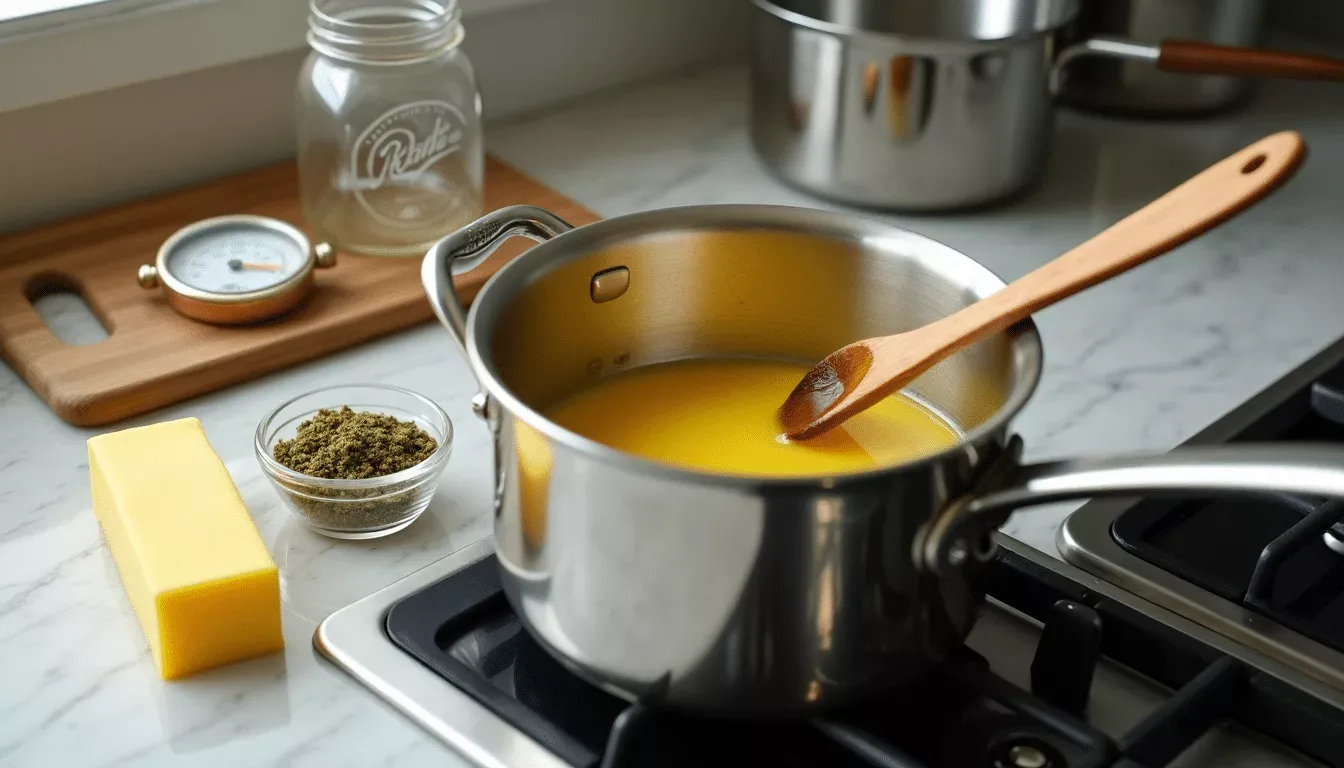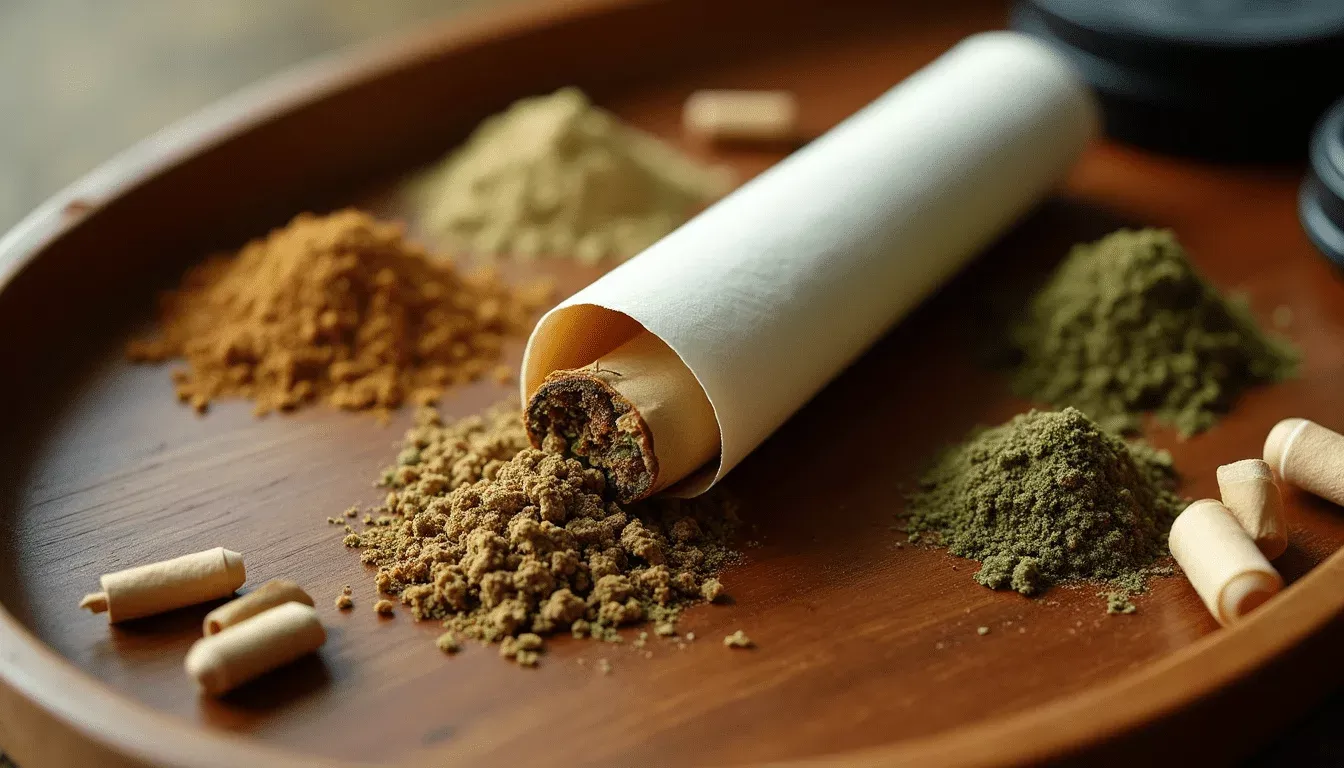Elevate Your Meals: Cooking with Cannabis Oil
Introduction
The culinary world is constantly evolving, bringing new flavors, techniques, and ingredients to the forefront of the gastronomic experience. Among these innovations is the use of cannabis oil in cooking, which has piqued interest due to its unique properties and potential health benefits. Whether you’re a professional chef or a home cook, understanding how to cook with cannabis oil can open up a world of culinary possibilities. This article will dive into what cannabis oil is, explore its benefits and risks, and offer practical tips for incorporating it into your recipes.
Understanding Cannabis Oil
Cannabis oil, derived from the cannabis plant, is a concentrated form of the plant’s active compounds, particularly cannabinoids like THC (tetrahydrocannabinol) and CBD (cannabidiol). Unlike the raw plant, cannabis oil is an extract that provides a more controlled and potent means of consumption. The type of cannabis oil used in cooking typically contains higher concentrations of CBD and negligible THC, ensuring that its psychoactive effects are minimized while still offering therapeutic benefits.
Historically, cannabis has been used for centuries in various cultures for its medicinal properties. Today, with the increasing legalization and acceptance of cannabis, incorporating cannabis oil into the culinary arts has become more mainstream. This transition from a stigmatized substance to a valued ingredient reflects its evolving role in society.
Benefits and Risks of Cooking with Cannabis Oil
One of the main benefits of cooking with cannabis oil is its potential health advantages. CBD-rich cannabis oil is known for its anti-inflammatory properties and is used to help manage conditions like chronic pain, anxiety, and insomnia. Adding cannabis oil to your dishes can offer these benefits while enhancing the flavors of various cuisines.
However, there are also risks to consider. Dosing cannabis oil accurately is crucial, as consuming too much can lead to unwanted side effects, including drowsiness, nausea, or dizziness. Moreover, improper preparation can degrade the cannabinoids, diminishing their effectiveness. It’s important to source high-quality cannabis oil from reputable suppliers who provide full transparency about their product’s contents and potency.
For statistics, a 2021 study found that approximately 14% of Americans are already using CBD products, highlighting the growing interest and market potential for cannabis-infused foods. As demand increases, so does the need for education around its safe and effective use in cooking.
Practical Tips for Cooking with Cannabis Oil
When starting to cook with cannabis oil, begin with small doses to avoid overwhelming flavors or effects. A common rule of thumb is to use about 1-2 milligrams of cannabis oil per serving. Gradually increase this amount as you become more familiar with how it affects your dishes and your body.
Temperature control is key. Cannabinoids can degrade at high temperatures, so avoid direct exposure to heat sources. Instead, incorporate cannabis oil into dishes post-cooking or use it in low-heat recipes like salad dressings, sauces, or smoothies.
Consider pairing cannabis oil with complementary flavors. Its earthy tones pair well with ingredients like garlic, citrus, or dark chocolate, adding complexity to the palate. For instance, a drizzle of cannabis-infused olive oil over a fresh tomato salad can make for a refreshing and unique appetizer.
Finally, keep detailed notes of your cannabis cooking experiments. Track the amounts used, recipes tried, and personal reactions. This practice will help in recreating successful dishes and refining techniques over time.
Conclusion
Cooking with cannabis oil introduces a new dimension to the culinary arts, offering both potential health benefits and a novel taste experience. By understanding the properties of cannabis oil, considering its benefits and risks, and following practical tips, you can safely incorporate this intriguing ingredient into your cooking repertoire. As you venture into cannabis cuisine, we encourage you to experiment with creative recipes and share your experiences with others. For more information, explore related articles on culinary cannabis innovations, and don’t hesitate to lend your voice in the comments below. Bon appétit!
Share this content:



